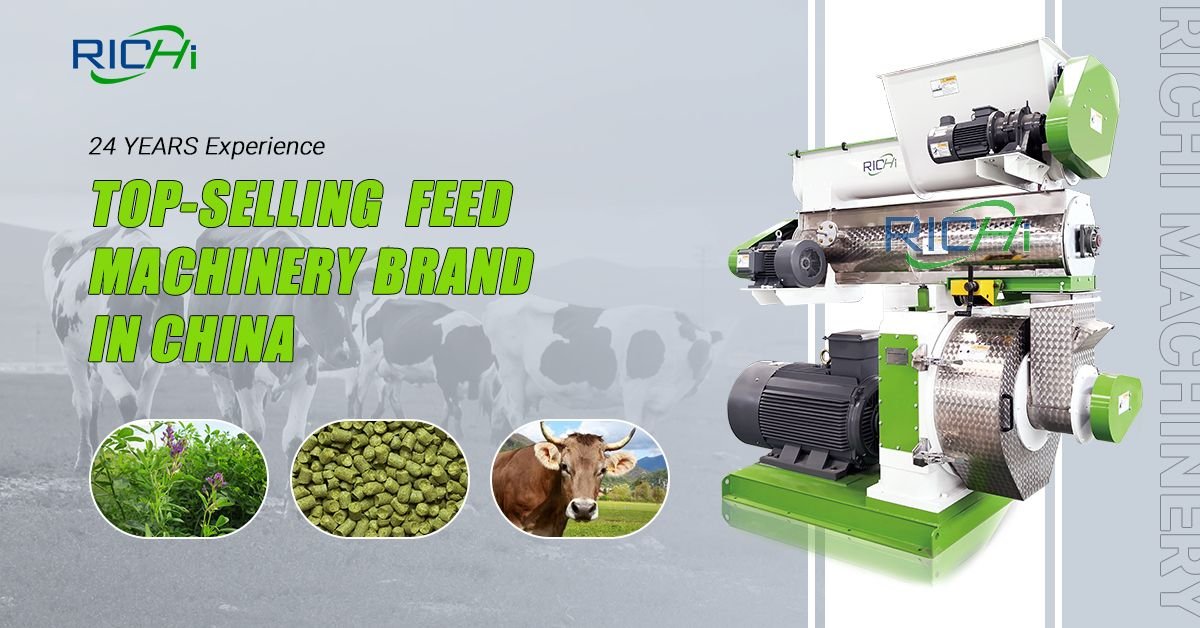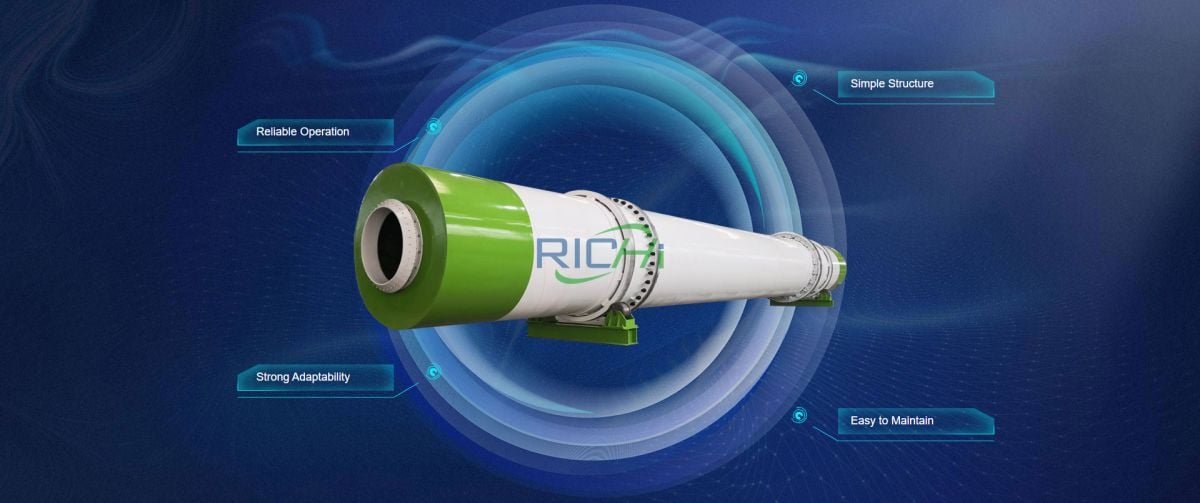Wood pellet machines are vital in producing biomass pellets, which serve as renewable energy sources and animal bedding. These machines convert raw biomass materials, such as wood chips, sawdust, and agricultural residues, into high-density pellets. Understanding the main components of a wood pellet machine is crucial for optimizing its performance and ensuring high-quality pellet production. This article explores the key components of a wood pellet machine, their functions, and their significance in the pellet-making process.
1. Pellet Mill Die
The pellet mill die is one of the most critical components of a wood pellet machine. It is a circular plate with holes through which the biomass is forced to create pellets. The design and material of the die significantly affect the quality and size of the produced pellets.
- Function: The die compresses raw material under high pressure and temperature, transforming it into pellets. The size and number of holes in the die determine the diameter and shape of the pellets.
- Material: High-quality dies are typically made from stainless steel or alloy steel, providing durability and resistance to wear. The die undergoes heat treatment to enhance its hardness and longevity.

2. Rollers
Rollers are another essential component of the pellet mill. They work in conjunction with the die to compress the biomass material into pellets.
- Function: The rollers press the raw material against the die, ensuring that it passes through the holes and forms pellets. Their design helps maintain consistent pressure and prevent material slippage.
- Configuration: Many pellet mills use multiple rollers to increase efficiency. The rollers are designed to have a specific clearance from the die, which can be adjusted to accommodate different types of raw materials.
3. Feed Hopper
The feed hopper is where raw materials are loaded into the wood pellet machine, serving as the entry point for the biomass and playing a crucial role in the feeding process.
- Function: The feed hopper ensures a steady supply of raw materials to the pellet mill. It typically has a funnel shape to facilitate the flow of materials into the machine.
- Design: Some hoppers are equipped with sensors that monitor the material level, ensuring continuous operation without interruptions. (Related post: wood pellet maker machine for sale)
4. Conditioner
The conditioner is a vital component that prepares the raw materials for pelleting by adding moisture and heat.
- Function: The conditioner mixes steam or hot water with the biomass, softening it and improving its binding properties. This process enhances pellet quality and reduces wear on the die and rollers.
- Importance: Proper conditioning is essential for producing high-quality pellets with a smooth surface and high density. It also helps reduce energy consumption during the pelleting process.
5. Gearbox
The gearbox transmits power from the motor to the pellet mill, enabling the rollers and die to function effectively.
- Function: The gearbox converts the high-speed rotation of the motor into the appropriate speed and torque needed for the pellet mill, ensuring that the rollers apply the necessary pressure to compress the biomass.
- Types: Different types of gearboxes are used in wood pellet machines, including worm gearboxes and planetary gearboxes. The choice of gearbox affects the overall efficiency and durability of the machine.
6. Motor
The motor is the driving force behind the wood pellet machine, providing the energy required for the entire pelleting process.
- Function: The motor powers the gearbox, which in turn drives the rollers and die. The size and power of the motor depend on the capacity of the pellet mill.
- Types: Electric motors are the most common, but diesel or PTO (Power Take-Off) motors may also be used in mobile or remote applications.
7. Cooling System
After the pellets are formed, they need to be cooled to maintain their quality and prevent spoilage.
- Function: The cooling system reduces the temperature of the hot pellets, allowing them to harden and stabilize. This process is essential for maintaining the integrity of the pellets during storage and transportation.
- Types: Counter-flow coolers are commonly used in large-scale operations. These coolers use ambient air to cool the pellets while allowing moisture to escape, ensuring a dry final product.
8. Packaging System
The packaging system is responsible for preparing the finished pellets for storage and distribution.
- Function: This system weighs and packs the pellets into bags or bulk containers, ensuring they are ready for sale or use.
- Importance: Proper packaging is essential for maintaining pellet quality and preventing moisture absorption during storage.
9. Dust Collection System
A dust collection system is crucial for maintaining a clean and safe working environment in the pellet production facility.
- Function: This system captures airborne dust generated during the grinding and pelleting processes, improving air quality and reducing fire hazards.
- Components: Dust collectors typically include filters and fans to remove dust particles from the air and prevent accumulation in the production area.
Conclusion
Wood pellet machines comprise several key components that work together to efficiently convert raw biomass materials into high-quality pellets. Understanding the functions and importance of each component is essential for optimizing machine performance and ensuring consistent pellet quality.
From the pellet mill die and rollers to the feed hopper, conditioner, gearbox, motor, cooling system, packaging system, and dust collection system, each part plays a vital role in the overall production process. By investing in high-quality wood pellet machines and maintaining their components, businesses can enhance production efficiency and contribute to the growing demand for renewable energy sources and sustainable practices. As the biomass industry continues to expand, the importance of reliable and efficient wood pellet machines will only increase, making their proper functioning and maintenance critical for success in this field.










